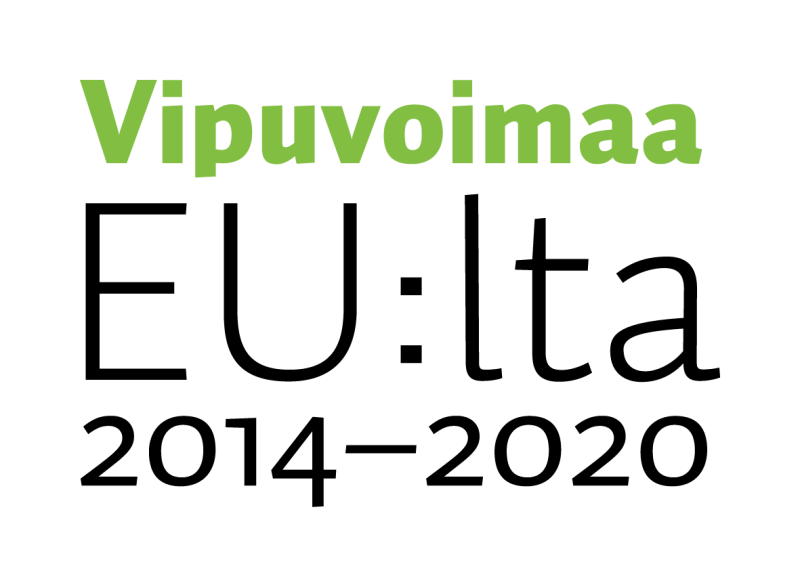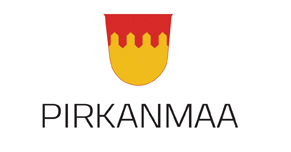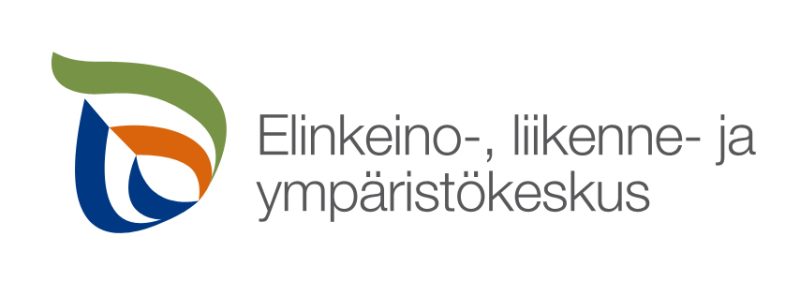Wearable intelligence was successfully developed at HAMK in two separate projects
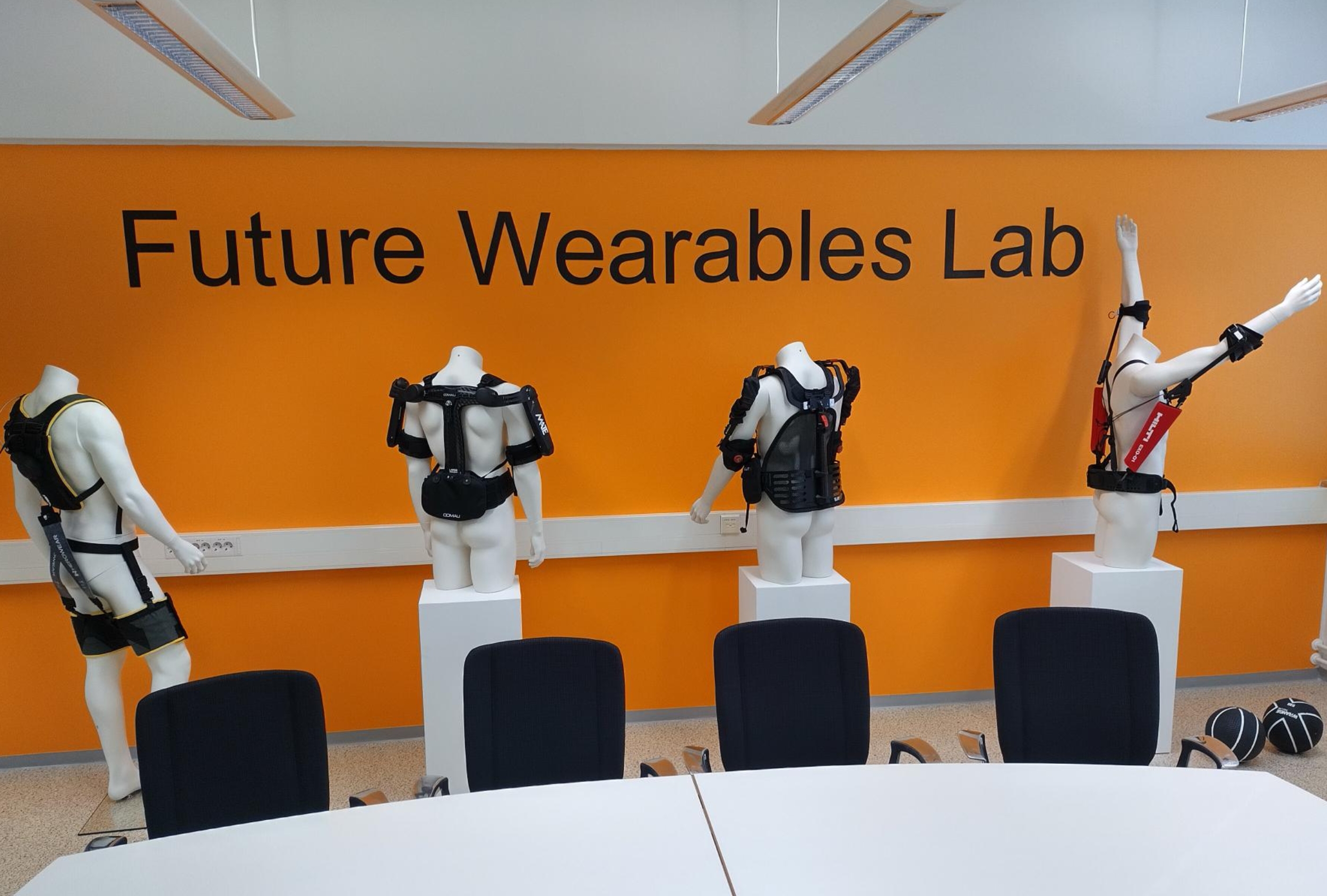
At Häme University of Applied Sciences, wearable intelligence, new innovations, and more sustainable solutions were developed in two separate projects, with particular attention to material choices and design, utilizing human-centric design principles.
Wearable intelligence has been under development for quite some time, with smartwatches being the most familiar products to consumers. These devices measure various data points such as exercise duration, heart rate, and sleep. Despite significant advancements in wearable intelligence, there is still much work to be done to ensure that products intended for end-users are functional, practical, and aesthetically pleasing. Over a period of over three years, the wearable intelligence research team at HAMK developed new innovations in wearable intelligence and tested existing products on the market in various usage scenarios.
The objectives of the projects were very similar, and collaboration between the projects was actively pursued. By working together, the target audience was better reached, development efforts were combined, and the resulting outcomes were utilized more comprehensively. This collaboration also led to more efficient and visible results for the projects.
The project “Developing competence in smart wearables” was led by HAMK in the Kanta-Häme region, while the project “Innovation and competence ecosystem in Tampere region for sustainable and smart textiles” was implemented in the Pirkanmaa region. In the latter project, there was close collaboration with the main executor of the project, Tampere University of Applied Sciences (TAMK).
The objectives of the projects complemented each other
The objectives of the projects were to create ecosystems for wearable intelligence and sustainable textiles in Pirkanmaa and Kanta-Häme. To develop functional solutions for wearable intelligence, interdisciplinary expertise is required. Creating smart garments involves integrating textiles, electronic components, and application development. The projects brought together experts from IT, component manufacturing, electronics, textiles, and design sectors to generate new innovations and refine existing products and ideas within the ecosystems.
To support the ecosystems, the projects implemented a shared website called the Future Wearables Lab. The website gathers the outcomes of the projects, including results from pilots, the utilization of mass customization in wearable intelligence, opportunities brought by the platform economy, and other useful information related to wearable intelligence. Maintenance of the website will continue within the framework of new projects related to wearable intelligence.
The projects organized various events such as webinars, workshops, and pilot tests. In the project conducted in Pirkanmaa, 23 interested companies and stakeholders participated. These participants brought forth interesting and useful product and service innovations relevant to their operations during the workshops. From these ideas, two pilots related to sustainable and intelligent textiles were developed. In the project carried out in Kanta-Häme, pilots were conducted by various actors related to wearable robots, i.e., exoskeletons, and the smart garment prototype developed within the project. One of the main goals of the projects was to promote the use of design tools within the ecosystem and to integrate technology into textile materials.
The diverse pilot tests generated new expertise in the region
In the “Developing competence in smart wearables” project, exoskeletons were tested in various job tasks to assess their impact on occupational well-being. Exoskeletons were tested in tasks such as caregiving, forestry, and glass blowing, all of which involve physically demanding activities. As a summary of the pilot results, workers who tested the exoskeletons felt that they lightened the workload. However, they found them too cumbersome and rigid to perform tasks as naturally and efficiently as they would without exoskeletons.
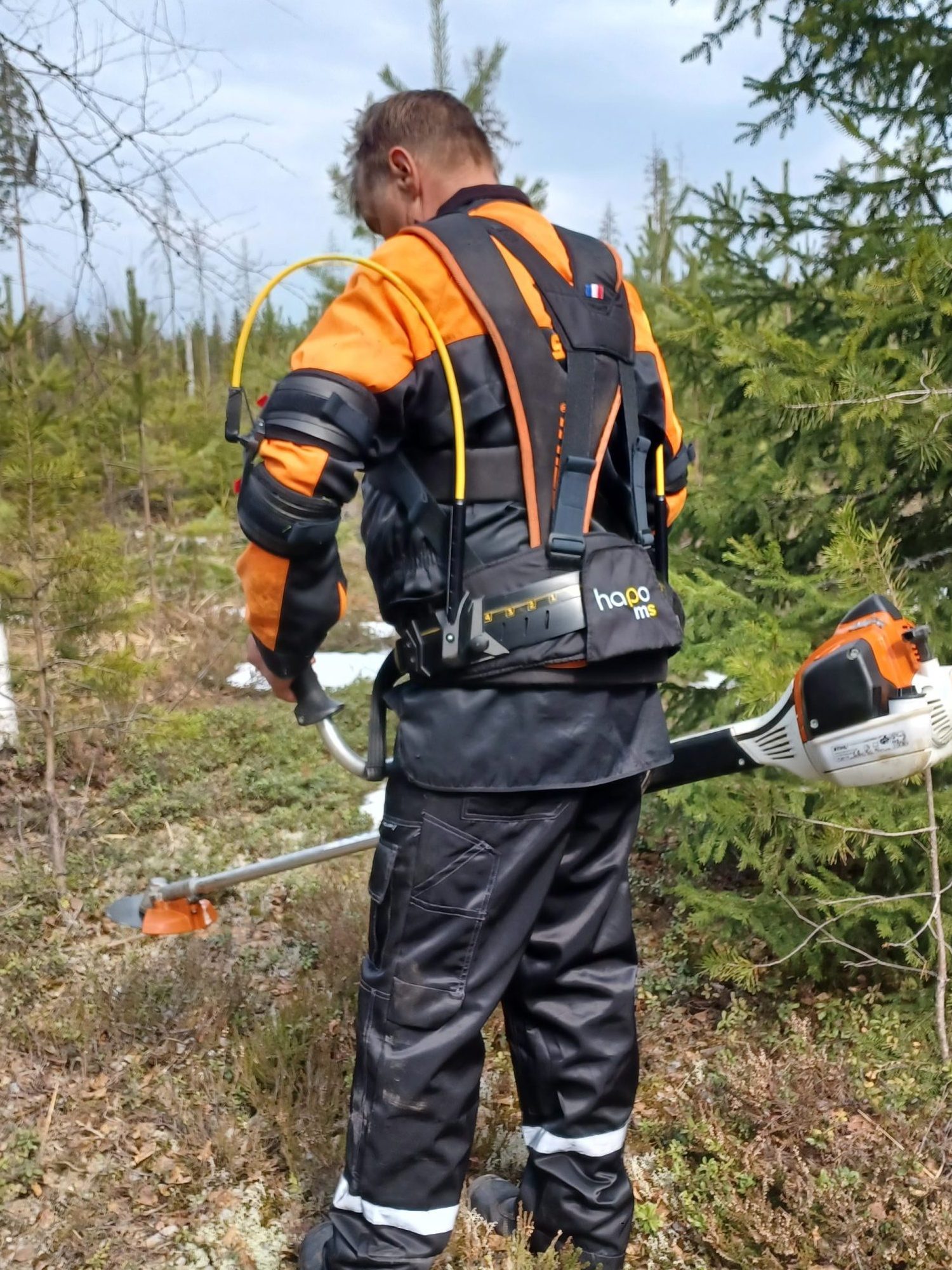
In the same project, a combination of textile materials, application development, and electronics was developed and piloted for wearable intelligence. In one pilot, a smart garment called Spiritus Ludi was developed to deliver digital encouragement messages to e-sports teams to improve team spirit and gaming performance. Spiritus Ludi is a smart garment that enables the sharing of encouraging touches within a remotely playing e-sports team. The smart garment sends and receives touches in real-time: when a player touches the sleeve, it sends the touch message simultaneously to all team members’ smart sleeves. The smart sleeves are connected to a mobile application, which ensures the transmission of touch messages between players. Encouragement strengthens team spirit, increases positive emotional experiences, and facilitates sharing of positive feedback.
In the “Innovation and competence ecosystem in Tampere region for sustainable and smart textiles” project, two pilots were also conducted. TAMK was responsible for the second pilot, which focused on sustainability, responsibility, and supply chain transparency by experimenting with data collection for a digital product passport initiated by companies. The digital product passport is one of the future regulations planned by the EU. This will change the operations of many actors towards greater sustainability and make value chains more transparent for users.
In the second pilot, an innovative smart garment was developed for an e-sports team, following a human-centric design process. Led by HAMK Smart Research Unit, the pilot involved multidisciplinary collaboration with companies to design, implement, and test a smart garment prototype. The purpose of the developed smart garment, named Ripple, is to help the e-sports team regulate their breathing rhythm, as players often experience tension negatively affecting team spirit and gaming performance before and during the game. The Ripple smart sleeve gently strokes the player’s upper arm in a vibrating manner before the game or during breaks when activated by the coach through the application. The team synchronizes their breathing with the touch, reducing tension and enhancing the sense of connection among players and their gaming performance.
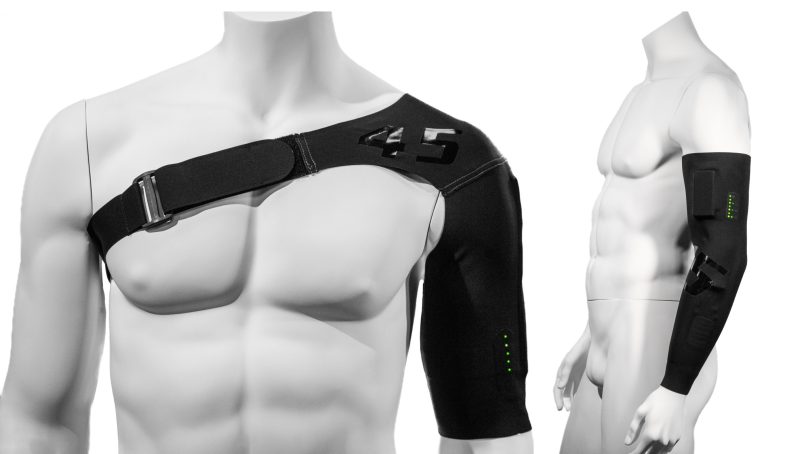
As a result of these pilot projects, expertise was transferred to the companies and stakeholders involved in the projects, as well as to the target audience of smart garments (e-sports athletes) and their stakeholders. Significant knowledge was also transferred to the project staff. The developed prototypes were completely novel and unique innovations— the first of their kind in the world.
Wearable intelligence is being developed multidisciplinarily in collaboration
There are various opportunities in wearable intelligence for multiple stakeholders across different fields such as application development, electronics manufacturing, fashion design, and textile manufacturing. The prototypes of smart garments developed in the projects emerged through agile product development across multiple areas simultaneously. The product development involved fashion designers, material experts, as well as experts in user experience, electronics, and software development. In addition to the development team, TAMK provided textile material expertise from the perspectives of sustainability, responsibility, and usability. TAMK tested the threads, knits, and fabrics of smart garments, including coated and laminated structures. Furthermore, guided by the EU’s textile strategy, TAMK assessed the durability of materials in use and in washing. Collaboration also took place with the University of Tampere, which contributed expertise in flexible electronics to the prototypes, and the companies involved in the pilots provided product development expertise and support.
The product development of the prototypes was carried out following a human-centric design approach, with the future users of the product at the center of the development process. End-users were actively involved in the development process—from identifying needs and understanding usage scenarios to testing different stages of product development and the final prototype. This ensures that the end result is tailored to users’ needs, functional, and useful. In the development process of smart garments, e-sports athletes and coaches were actively engaged.
International visibility and new project ideas
The smart garment prototypes targeted at e-sports athletes gained significant visibility towards the end of 2023. The prototypes were featured in national newspapers such as Ilta-Sanomat and Mikrobitti, as well as internationally on platforms like WGSN. WGSN is a leading trend forecasting company providing consumer and product forecasts to global brands. The prototypes were showcased at Dutch Design Week in Eindhoven, Netherlands, in October. They attracted considerable interest from various stakeholders and initiated several collaboration negotiations. The potential of smart garments and their adaptability has also been recognized for other needs, such as healthcare.
In the increasingly digitalized world, conveying emotions, touch, and team spirit are becoming even more crucial factors. There is also significant emphasis on workplace well-being, aiming to prevent sick leave and accidents during work tasks. Developing exoskeletons to be more garment-like and active, capable of measuring various body metrics, is one solution for enhancing workplace well-being in physically demanding tasks. Additionally, upcoming EU regulations, sustainable development goals, and initiatives like the digital product passport are shaping the future, prompting many industries and stakeholders to develop towards sustainability.
All of the challenges mentioned above that arose during the implementation of the projects have been addressed, and new project funding has been sought. The need for development is significant already, to anticipate and enhance well-being in physical work tasks and to develop the sharing of social connection, emotions, and touch in a future that is increasingly digital.
More information:

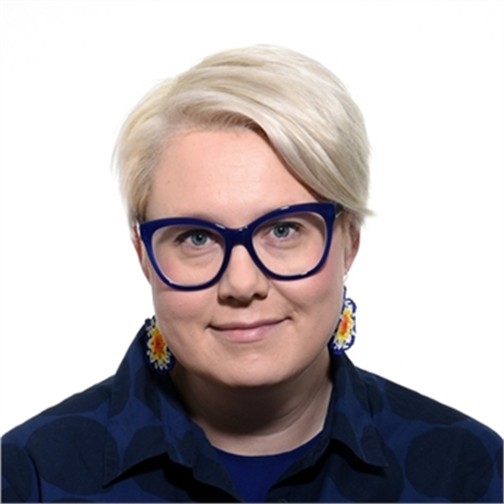

Read more
The projects received funding from the European Regional Development Fund (ERDF) 2014–2020 from the Pirkanmaa Regional Council and Business Environment Development Grant from the Häme Centre for Economic Development, Transport and the Environment. The project of the Pirkanmaa Regional Council was funded from the REACT-EU instrument as part of the actions implemented by the European Union in response to the COVID-19 pandemic.

